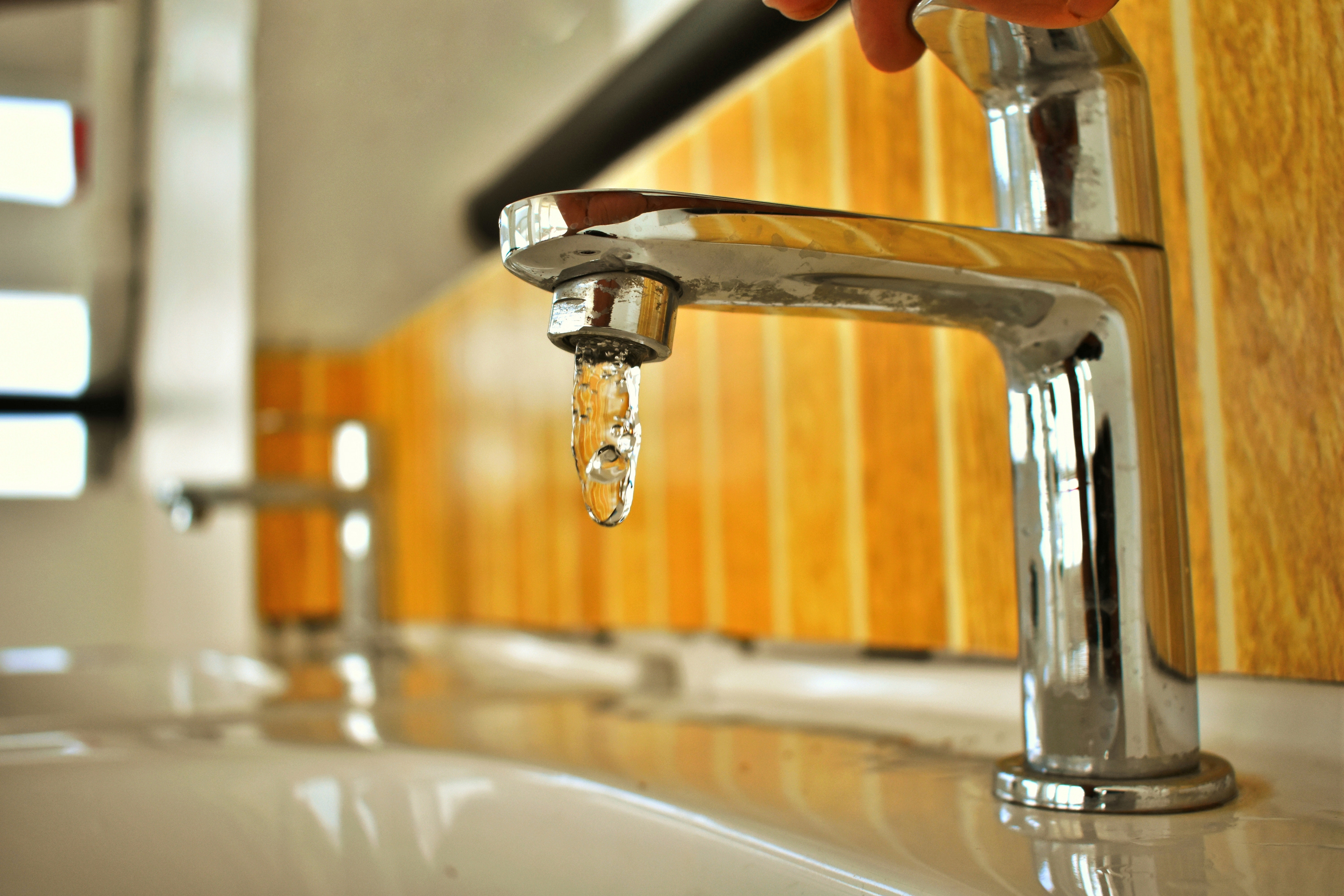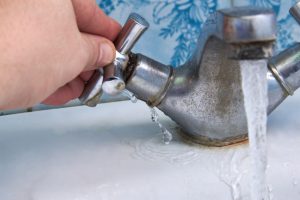Bathroom Water Leaks: Exploring Detection and Solving Methods
Bathroom Water Leaks: Exploring Detection and Solving Methods
Blog Article
We have noticed this post on How to Detect and Fix a Bathroom Leak below on the web and concluded it made perfect sense to write about it with you on this page.

Shower room leaks are frustrating as they disrupt your day's strategy. They vary in intensity relying on the source of the leak. You must prioritize them, as they can swiftly worsen. So, it is an alleviation that the majority of restroom leakages are easy to find and also repair, with very little cost ramifications.
Having a water leak in bathroom can be demanding to the property owner. The article offers as a "very first aid" when you require an emergency response to a water leakage in bathroom.
Detection and also Repair of Water Leak in Washroom
Water leak in bathroom generally results from pipes and also pipeline faults. You may require a standard knowledge of these leakage types to detect the water leak in bathroom.
Dash Leaks
These often result from water splashing on the shower room flooring from the bathtub. It is a consequence of using a bad shower drape or used bathtub cellular lining. It damages the restroom flooring as well as may cause rot to wood floors and shower room doors. The water generally pools around the bathtub or shower. This might lead to even worse washroom damages without punctual handling.
What to Do
This bathroom leakage is the simplest to deal with. You just require to change the drapes or recaulk the bathtub or shower. You may need to change these to avoid additional damages if the leakage has harmed the restroom flooring or door. The bright side is that you can entail a pipes specialist to aid with the washroom fixing.
Toilet Leaks
Occasionally, water leakages from the bathroom as well as pools around the commode base. It is an eyesore in the washroom and also requires punctual focus. Sometimes, it results from a loosened link in between the commode and the container. This triggers water to drip from the tank to the floor. It may also result from cracks in the toilet bowl or a defective shut-off valve.
What to Do
If there are loose screws between the tank as well as bathroom, you only require to tighten them. Occasionally you might require to reapply wax on the gasket or call in a washroom leakage professional to change broken or used components.
Clogged Washroom Sinks
Sometimes, the water leakage in restroom results from sink blockages. It is very easy to deal with obstructions, as well as you might not need specialist abilities.
What to Do
You can utilize a drainpipe serpent to get rid of the debris in the drainpipe and allow the stationary water flow. Drain cleaners are additionally readily available in stores and are very easy to use.
Conclusion
Water leaks in the bathroom are preventable events in the residence. When they do, fix them promptly, or engage the solutions of an expert.
The write-up offers as a "first help" when you require an emergency response to a water leakage in shower room.
Water leakage in bathroom commonly results from pipes as well as pipeline faults. You might require a standard knowledge of these leakage types to find the water leakage in restroom. It harms the bathroom floor as well as may cause rot to wood floorings and also restroom doors. Occasionally, the water leakage in shower room results from sink clogs.
5 Ways You Can Tell There's Water Leaking In The Bathroom
Mold and mildew
The presence of mold or mildew is a big indicator of a water leak. It's not unordinary to see mold or mildew in parts of your bathroom where water accumulates, like showers and sinks, but it's a problem if you notice it growing in other places. Mold grows in places that are moist and dark so it can point you to hidden water leaks.
Read More: https://www.housedigest.com/927314/ways-you-can-tell-theres-water-leaking-in-the-bathroom/If you notice mold or mildew growing on bathroom walls, floors, or ceilings you should be concerned. Other than pointing you in the direction of a potential leaky pipe behind your walls or under your floors, mold is dangerous to your health, according to The Waterworks. Mold can cause an allergic reaction with symptoms like watery eyes, runny noses, sneezing, headaches, and difficulty breathing. Since mold is not only unsightly to look at, but a health hazard it's important to take care of the leak as soon as possible so the mold can be cleaned before it spreads.
Read More: https://www.housedigest.com/927314/ways-you-can-tell-theres-water-leaking-in-the-bathroom/Damaged walls or floors
Unexplainable damage to your bathroom walls and floors is another sign of water leaking. If drywall gets wet it will crumble, bubble, and even warp or break apart. Before you notice your drywall deteriorating you may see the paint blistering or chipping off the wall. Or if you have wallpaper, it will begin to peel off when wet and show water stains.
Read More: https://www.housedigest.com/927314/ways-you-can-tell-theres-water-leaking-in-the-bathroom/Unstable toilet
When you sit on your toilet does it wobble? If it is unstable your toilet potentially has a flange leak, according to The Pink Plumber. Toilets are supposed to sit stable on the bathroom floor and should never be able to be moved around. There are screws that keep the toilet secured down to the floor and a wax ring that connects the toilet to the waste pipe. The wax ring creates a water-tight seal so nothing leaks when water and waste are moving through the toilet. If the wax seal is damaged or worn down it will no longer provide the proper seal, causing a flange leak and allowing wastewater to seep out.
Read More: https://www.housedigest.com/927314/ways-you-can-tell-theres-water-leaking-in-the-bathroom/Wet bathroom cabinets
Wet bathroom cabinets are a sure-fire way to tell if you have a water leak in your bathroom. When your cabinets are wet it is likely because of leaks from sink faucet or water supply lines. You will know that your cabinets are damp if you see any water stains inside the cabinets. If it is a leak from a water supply line The Pink Plumber explains that you will see water dripping out from the connectors or even puddles in the cabinets.
Read More: https://www.housedigest.com/927314/ways-you-can-tell-theres-water-leaking-in-the-bathroom/https://www.housedigest.com/927314/ways-you-can-tell-theres-water-leaking-in-the-bathroom/

I found that page on How to Check for Bathroom Leaks while doing a search on the web. Are you aware of somebody else who is serious about the subject? Be sure promote it. Many thanks for going through it.
Fix it today! Report this page